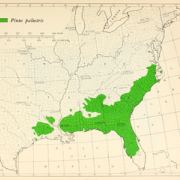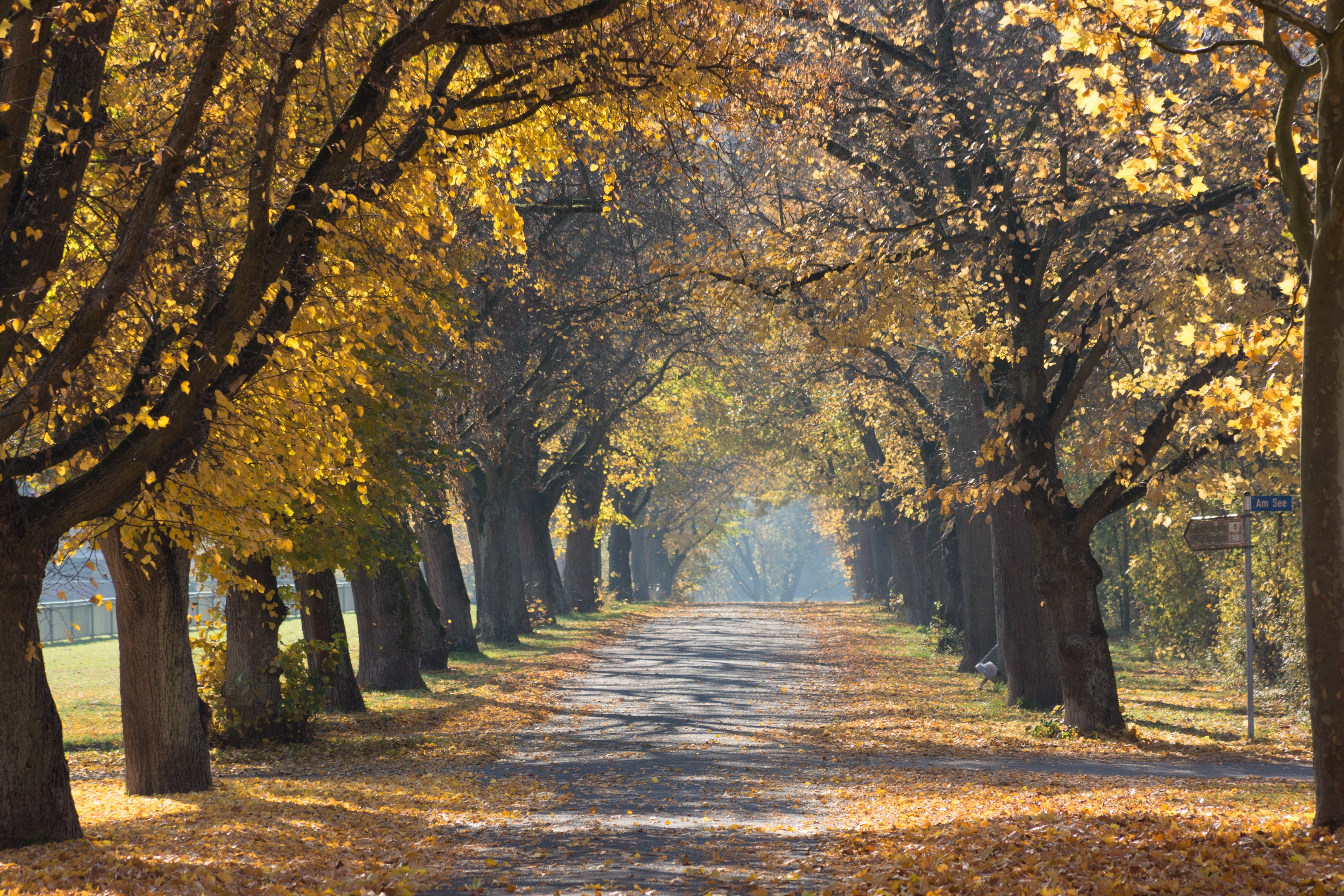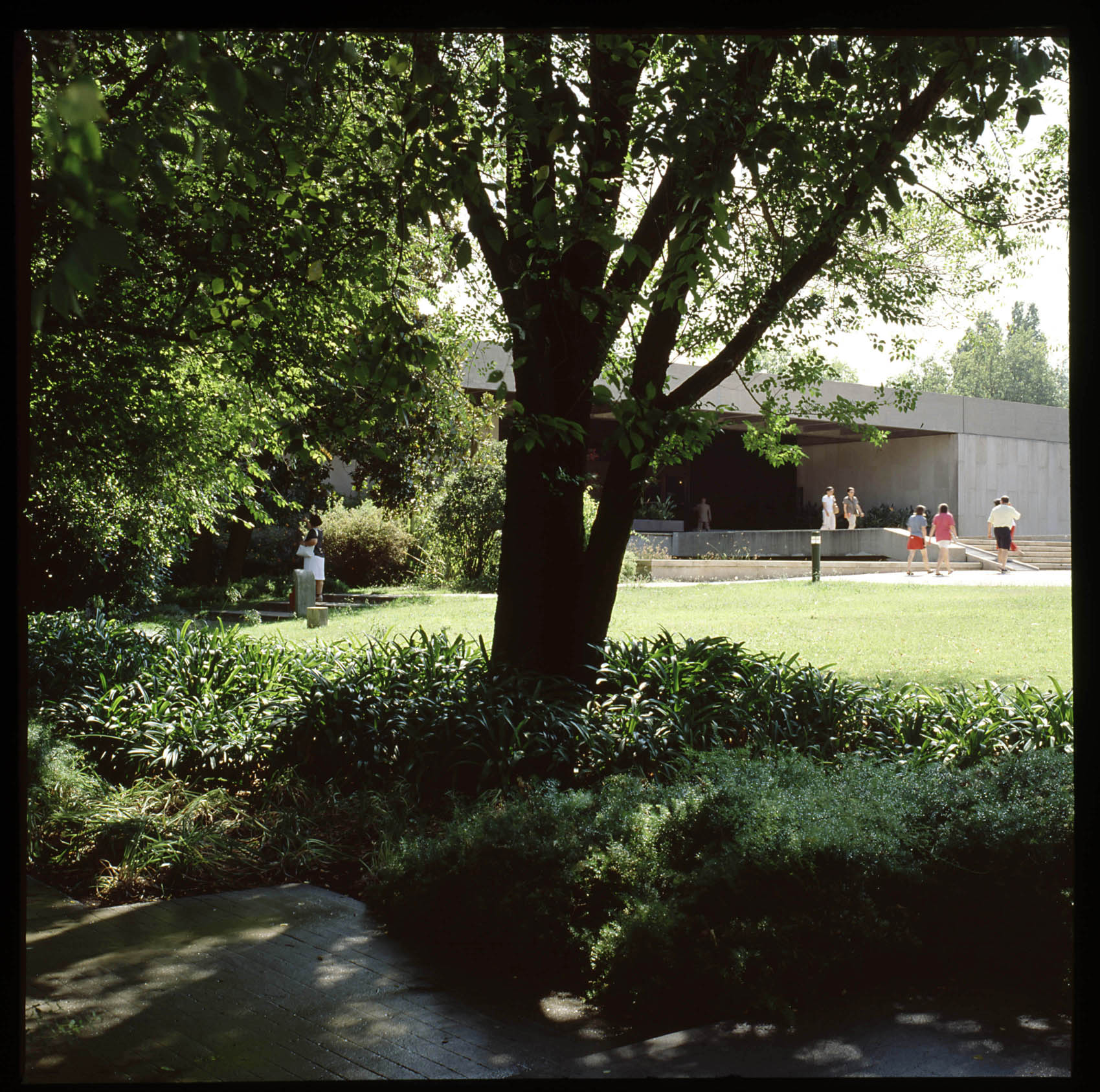Effects of Drought on Forests and Rangelands in the United States: A comprehensive science synthesis
Webinar Date: May 5, 2016
Dr. Jim Vose presents the key findings of the report Effects of Drought on Forests and Rangelands in the United States: A comprehensive science synthesis. Edited by Forest Service scientists in partnership with Duke University, the document provides a valuable new tool to inform discussion, planning and implementation of adaptation strategies for land managers and policy makers. The collaborative …


 Excerpt from:
Excerpt from: